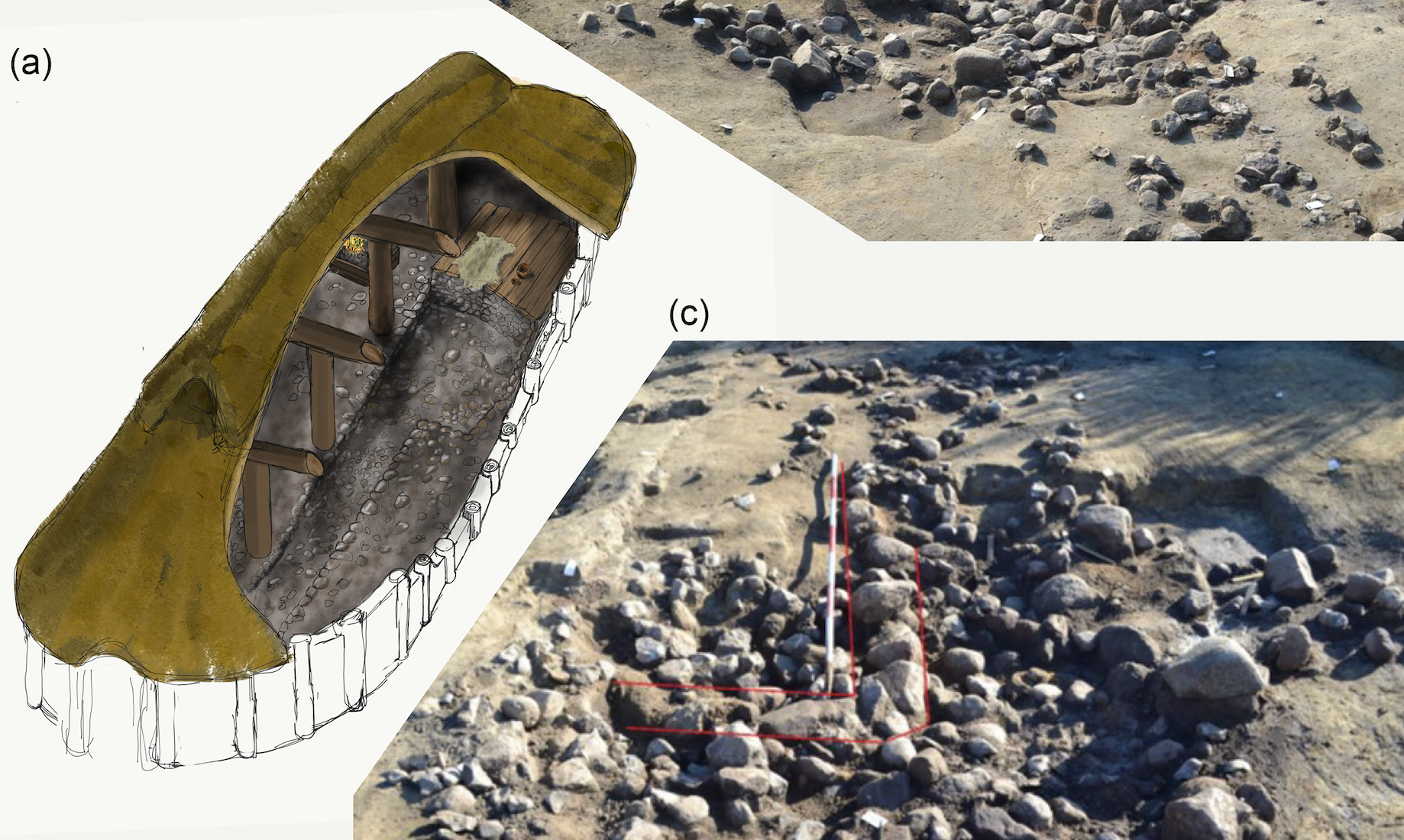‘Advanced’ construction technology found at 5000-year-old Stone Age site in Denmark
Funnel Beaker Culture site may hold one of the earliest insulated cellars constructed in Europe to preserve food
Your support helps us to tell the story
From reproductive rights to climate change to Big Tech, The Independent is on the ground when the story is developing. Whether it's investigating the financials of Elon Musk's pro-Trump PAC or producing our latest documentary, 'The A Word', which shines a light on the American women fighting for reproductive rights, we know how important it is to parse out the facts from the messaging.
At such a critical moment in US history, we need reporters on the ground. Your donation allows us to keep sending journalists to speak to both sides of the story.
The Independent is trusted by Americans across the entire political spectrum. And unlike many other quality news outlets, we choose not to lock Americans out of our reporting and analysis with paywalls. We believe quality journalism should be available to everyone, paid for by those who can afford it.
Your support makes all the difference.Archaeologists have found a stone-paved cellar at a 5,000-year-old Stone Age site in Denmark, a discovery that points to a distinct leap in construction technology in ancient Scandinavia.
Starting nearly 6,000 years ago, the Funnel Beaker Culture led a switch to agriculture and domestication of animals in Scandinavia, moving away from a hunter-gatherer lifestyle.
This meant a more sedentary lifestyle, the construction of the first houses in the region, and megalithic tombs and similar massive structures.
Archaeological excavations at the Nygårdsvej 3 site in Denmark have found the remains of several of these ancient houses, which bear features of a Funnel Beaker Culture design such as interior posts providing support for a large roof. The floors seem to be made of a compacted mixture of sand and clay called loam that is still the flooring material used in nearly a billion homes today.
These floors have gone out of fashion in some parts of the world, but in Stone Age Europe they were a cutting-edge technology, according to a study published in the journal Radiocarbon.

The place these structures were built at seems to have been chosen strategically with a slight elevation providing a view of the surrounding area and keeping it above the flood zone of nearby bogs and streams.
Archaeologists also found some 1,000 artefacts at the site, including flint tools, pottery shards, as well as fossilised sea urchins, nearly all concentrated around a sunken stone-paved feature.
This underground feature may have had a more stable temperature, insulated as it was from seasonal climate swings, and served as food storage. It may have been used to keep food items cool in the summer and prevent them from freezing in winter, scientists say.
If this is established by subsequent studies, the structure may be regarded as one of the earliest cellars built in Europe, marking a giant technological leap in preserving resources.
Knowing how to build cellars would have come as a shot in the arm for early societies, enabling them to survive better between harvests and through harsh winters.
The latest study dates the first house phase at the Danish site to between 3080 and 2780BC and the second to sometime after 2800BC.
There’s also evidence of the site having a much older fence structure with up to seven parallel courses dating between 3600 and 3500 BC.
“Archaeological results from Nygårdsvej 3 show an important insight into the constructions and features of Neolithic Denmark,” scientists say.
“The fact that a subterranean construction has been present at the site underlines how each site can extend our knowledge about the Stone Age.”
Researchers hope that future excavations at the site can provide a clearer picture of early Funnel Beaker Culture life in Denmark.
Join our commenting forum
Join thought-provoking conversations, follow other Independent readers and see their replies
Comments